Japanese Nuclear Emergency: Radiation Monitoring
Last night preliminary monitor results in Hawaii detected minuscule levels of an isotope that is also consistent with the Japanese nuclear incident. This detection varies from background and historical data in Hawaii.
This isotope was detected at our fixed monitor in Hawaii, and it is far below any level of concern for human health.
The sampling filter from this monitor is being sent to our national radiation lab for further analysis.
Gross beta counts are temporarily unavailable due to mechanical issues. See gamma counts below.
The gamma data measures radiation from all radionuclides that emit gamma rays and splits them into ranges of energy.
The word gross, or total, indicates that the measurement is from all gamma emitting radionuclides.
Not all gamma rays have the same amount of energy. Breaking the data into discrete energy ranges helps scientists to determine which radionuclides may be present.
Notes on the Data
- Brief gaps in RadNet data represent instrument error.
- Larger gaps (>1 day) occasionally appear when RadNet monitors are taken offline for servicing.
- A notice is posted when monitors are off-line for servicing. A blank graph indicates that one part of a meter on the monitor is not working.
- Electrical interference can cause spikes, shown on graphs as one point significantly higher than the rest of the data.
- As you view data, be aware that there are often large differences in normal background radiation among the monitoring locations because background radiation levels depend on altitude and the amount of naturally occurring radioactive elements in the local soil. What is natural in one location is different from what is natural in another.
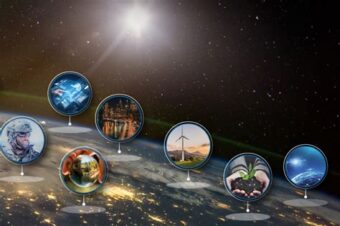

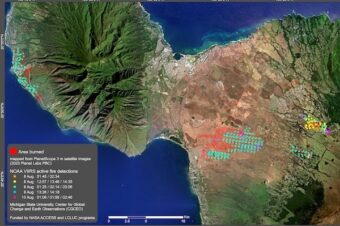
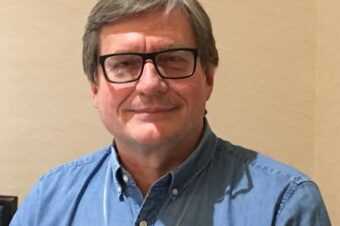
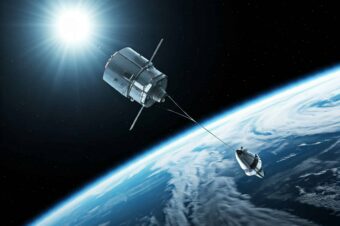
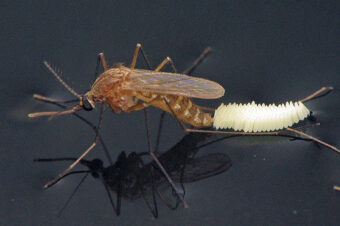
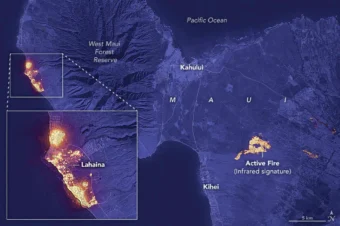

Leave a Reply